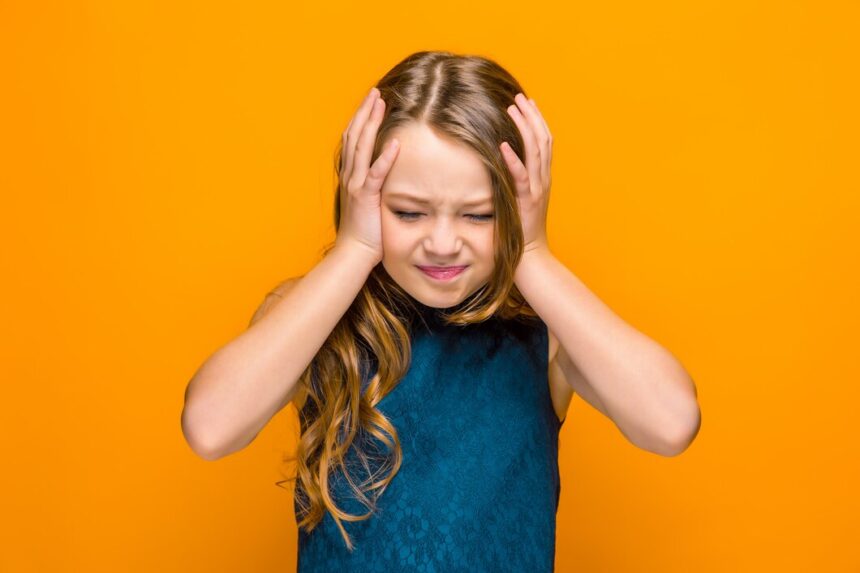Carbon monoxide (CO) poisoning is a serious health risk that can affect anyone, but children are particularly vulnerable due to their developing bodies and respiratory systems. Carbon monoxide is a colorless, odorless gas produced by burning fossil fuels, making it difficult to detect without proper monitoring equipment. Understanding the early signs and symptoms of carbon monoxide poisoning in children is crucial for prompt action and prevention.
Understanding Carbon Monoxide Poisoning
Carbon monoxide interferes with the body’s ability to transport oxygen, leading to potentially life-threatening health issues. It can accumulate in enclosed spaces, such as homes, garages, and poorly ventilated areas, especially during the winter months when heating systems are in use.
Early Signs and Symptoms in Children
Recognizing the early signs and symptoms of carbon monoxide poisoning in children can be lifesaving. These may include:
- Headaches
One of the most common early symptoms of CO poisoning is a headache. Children may complain of feeling pressure or pain in their heads, often mistaken for typical headaches. - Fatigue and Weakness
Children may exhibit unusual fatigue or lethargy. If a child seems excessively tired or weak without an apparent cause, it could be a sign of CO exposure. - Dizziness and Confusion
Dizziness, lightheadedness, or confusion are critical symptoms that can indicate carbon monoxide poisoning. Children might have trouble concentrating or may seem disoriented. - Nausea and Vomiting
Nausea, vomiting, and stomach pain can occur as the body reacts to the lack of oxygen. If a child is feeling nauseous without a clear reason, it is essential to consider CO exposure. - Shortness of Breath
Children may experience difficulty breathing or shortness of breath, especially during physical activity. This can escalate quickly in the presence of carbon monoxide. - Chest Pain
Some children may report chest discomfort or pain, which can be mistaken for other health issues but is significant in the context of CO exposure. - Irritability and Behavioral Changes
Parents may notice that their children are more irritable or have sudden changes in behavior. These shifts can be subtle but may indicate discomfort or distress from carbon monoxide poisoning. - Altered Skin Color
A pale or cherry-red color in the skin, particularly in the face, can be a sign of severe carbon monoxide poisoning. While this symptom is less common, it is critical to seek immediate medical help if observed.
Prevention Measures
To protect children from carbon monoxide poisoning, consider the following prevention strategies:
- Install CO Detectors: Place carbon monoxide detectors in key areas of your home, especially near sleeping areas. Regularly test and replace batteries to ensure functionality.
- Regular Maintenance: Ensure that all fuel-burning appliances, such as furnaces, stoves, and water heaters, are properly installed and regularly maintained by qualified professionals.
- Ventilation: Ensure adequate ventilation in areas where combustion appliances are used, including garages and kitchens. Never use gas-powered generators indoors or in enclosed spaces.
- Educate Children: Teach children about the dangers of carbon monoxide and encourage them to communicate any feelings of illness or discomfort.
When to Seek Help
If you suspect that your child has been exposed to carbon monoxide or is displaying any early signs of poisoning, seek medical attention immediately. Even low-level exposure can have significant health effects, and timely intervention is crucial.
Awareness of the early signs and symptoms of carbon monoxide poisoning in children is vital for prevention and prompt treatment. By recognizing these indicators and taking preventive measures, parents can help safeguard their families from the dangers of this silent threat. Always prioritize safety and seek help when needed to ensure the well-being of your loved ones.










